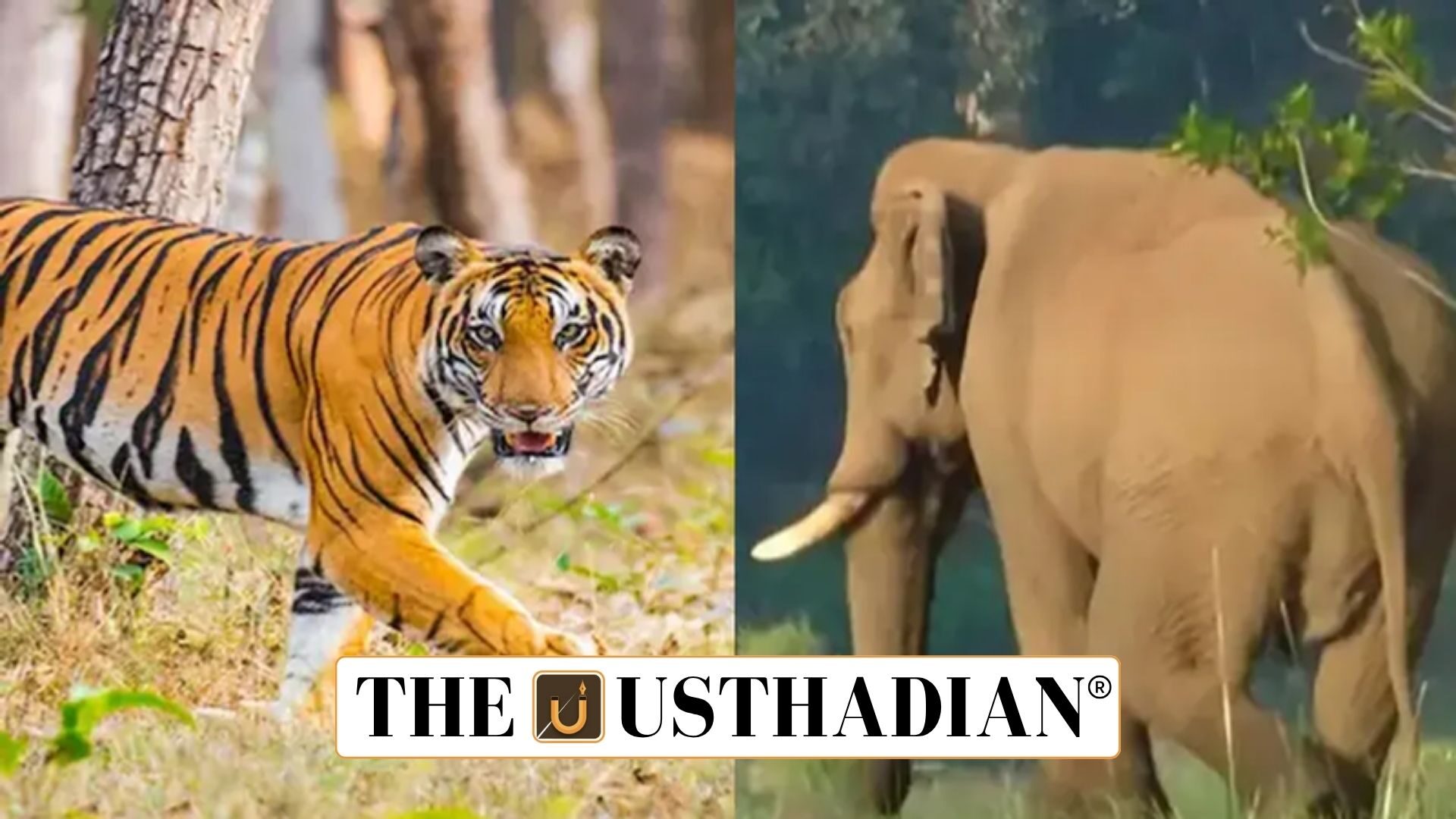Rising animal attacks
Kerala’s Proposal to Change Wildlife Protection Law: Kerala has officially requested the Union government to amend the Wildlife Protection Act of 1972. The main goal is to allow the culling of wild animals that are a direct threat to people and property. This move comes in response to a steep increase in human-wildlife conflict cases.
From 2016 to early 2025, around 919 people died and nearly 9,000 were injured due to encounters with wild animals. Among Kerala’s 941 village local bodies, 273 have been marked as conflict hotspots. Dangerous animals involved include tigers, leopards, elephants, and wild boars.
What is driving the conflict?
There are several reasons for the increasing human-animal encounters. First, habitat loss and degradation have pushed animals closer to human areas. Forest fragmentation has forced wildlife to search for food outside their natural habitats.
Second, grazing by domestic animals inside forest zones has disturbed the ecosystem. On top of that, shifting agricultural patterns have created an easy food source for wild animals like wild boars and monkeys. These animals damage crops, leading to both economic loss and fear among farmers.
The sharp increase in the wild boar and monkey populations has been particularly challenging. Monkeys, especially the bonnet macaque, often invade homes and farmlands, causing regular disturbance.
Why Kerala wants legal changes?
Currently, the Wildlife (Protection) Act, 1972 makes it difficult to take urgent steps. For any culling to be approved, the chief wildlife warden must prove that an animal cannot be captured or relocated. This process is time-consuming and can delay important action in emergencies.
Kerala now wants to temporarily list wild boars as vermin under Section 62 of the Act. This would make it easier to manage their population. The state also wants to remove the bonnet macaque from Schedule I, so that better control measures can be taken without legal delays.
Issues in managing wild animals
The process of wildlife management remains complicated. Court orders often prevent local officials from taking swift decisions during animal attacks. Even basic steps, like checking if a wild boar is pregnant before culling, make the rules hard to implement.
The Kerala government believes that more flexible legal tools are needed. Without quick permissions, people in rural areas continue to face danger, while farms suffer losses.
Static Usthadian Current Affairs Table
Kerala’s Proposal to Change Wildlife Protection Law:
| Topic | Details |
| Wildlife Protection Act | Enacted in 1972, governs wildlife in India |
| Section 62 of the Act | Allows temporary declaration of vermin |
| Bonnet Macaque | Currently under Schedule I protection |
| State with highest HWC deaths | Kerala (as per recent government data) |
| Number of conflict hotspots | 273 out of 941 local bodies in Kerala |
| Key animals in conflicts | Tigers, leopards, elephants, wild boars |
| Related central body | Ministry of Environment, Forest and Climate Change |








